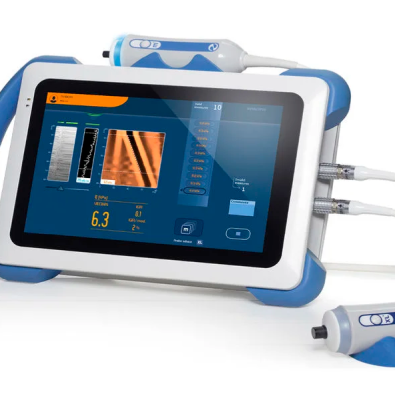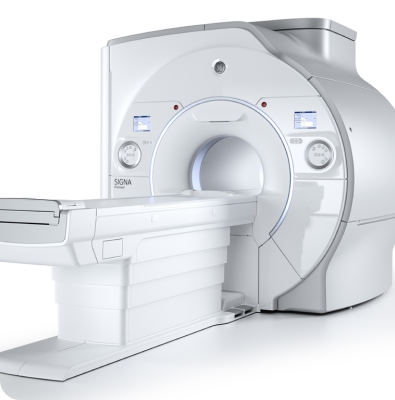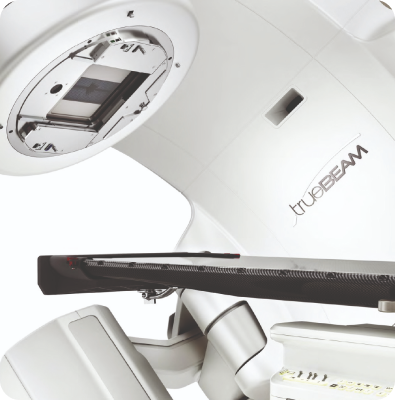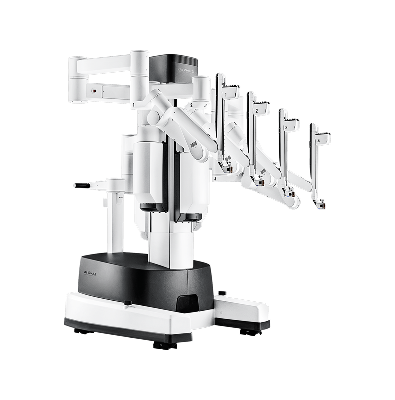The Rheumatology Department, with a history of nearly 40 years in our country, provides diagnosis and treatment services for inflammatory (autoimmune) rheumatic diseases. These conditions can affect not only the joints but also various organs and tissues outside the musculoskeletal system.
Diseases Treated in the Rheumatology Department
Rheumatology deals with the diagnosis and treatment of inflammatory rheumatic diseases that can affect the joints as well as various organs and systems. The main conditions treated include:
- Rheumatoid arthritis
- Spondyloarthritis (ankylosing spondylitis, psoriatic arthritis, enteropathic arthritis, reactive arthritis)
- Gout disease and other crystal arthropathies
- Connective tissue diseases (systemic lupus erythematosus, Sjögren’s syndrome, scleroderma, inflammatory myopathies such as polymyositis and dermatomyositis)
- Behçet’s disease
- Familial Mediterranean fever (FMF)
- Vasculitides (Wegener’s granulomatosis, Churg-Strauss syndrome, microscopic polyangiitis, Henoch-Schönlein purpura, polyarteritis nodosa, Takayasu arteritis, giant cell arteritis)
In addition, non-inflammatory conditions such as osteoarthritis (degenerative joint disease) and fibromyalgia (chronic muscle pain syndrome) are also frequently managed in collaboration with the Physical Therapy and Rehabilitation Department.
Common Symptoms of Rheumatic Diseases
Rheumatic diseases may present with the following common symptoms:
- Joint inflammation (pain, swelling, redness)
- Inflammatory back pain
- Systemic and connective tissue-related symptoms
Joint Inflammation: Rheumatic diseases can cause joint pain, swelling, and sometimes redness. If not properly treated, arthritis may lead to restricted movement and long-term joint deformities. Commonly affected joints include fingers, wrists, elbows, shoulders, ankles, knees, and hips.
Inflammatory Back Pain: Typical of spondyloarthritis, this pain affects the spine, usually in patients under 40. It begins gradually, is worse in the morning, and improves with movement. Ankylosing spondylitis is the most notable condition in this group and can cause spinal curvature if untreated.
Connective Tissue Disease Symptoms: These conditions are less common but have distinct features such as dry eyes and mouth, Raynaud’s phenomenon (color changes in hands with cold exposure), hair loss, mouth ulcers, facial rashes, and skin thickening. Internal organ involvement may also occur.
Rheumatoid Arthritis (RA)
RA is one of the most common diseases seen in rheumatology. It affects women more frequently and typically develops between ages 40 and 50, though it can occur at any age. It primarily affects small joints in the hands and feet, causing pain and swelling. If untreated, RA can lead to permanent joint damage and disability. It may also involve extra-articular organs such as the lungs and eyes. Diagnosis involves blood tests (ESR, CRP, rheumatoid factor, anti-CCP antibodies) and imaging (X-rays, ultrasound, MRI). Treatment includes disease-modifying antirheumatic drugs (DMARDs), corticosteroids for short-term control, and biological agents for resistant cases. Patients require regular follow-ups every 4–6 months to monitor disease activity and treatment side effects.
Spondyloarthritis
This group includes ankylosing spondylitis, psoriatic arthritis, enteropathic arthritis, and reactive arthritis. Ankylosing spondylitis commonly begins between ages 20 and 30, causing chronic inflammatory back pain that worsens at night and improves with movement. Other symptoms include hip and heel pain, stiffness, and occasionally mild spinal curvature. Psoriatic arthritis occurs in about 25% of patients with psoriasis, while inflammatory bowel diseases (Crohn’s disease and ulcerative colitis) may also be associated with arthritis. Reactive arthritis can occur 1–4 weeks after an infection. Genetic testing (HLA-B27) and imaging (X-ray or MRI of sacroiliac joints) assist in diagnosis. Treatment includes NSAIDs, DMARDs, and biological agents.
Gout and Other Crystal Arthropathies
Gout is more common in men and typically affects older adults. It causes sudden, severe pain, swelling, and redness in the big toe joint, often described as a “stabbing” pain. Attacks may occur sporadically but can become chronic if untreated. Diet plays a significant role; high uric acid levels contribute to disease development. Gout is also associated with hypertension, diabetes, and obesity. Treatment includes uric acid-lowering diets, colchicine, NSAIDs, and long-term uric acid–lowering medications.
Connective Tissue Diseases
These diseases are more common in women and can present with joint pain, fatigue, mouth ulcers, dryness, Raynaud’s phenomenon, skin rashes, and organ involvement (lungs, heart, kidneys, nervous system, liver, spleen). Diagnosis requires comprehensive testing, including ANA and other antibody panels. Treatment varies depending on the severity and organ involvement and may include corticosteroids and immunosuppressive agents.
Behçet’s Disease and Familial Mediterranean Fever (FMF)
Behçet’s disease, first described by Turkish physician Hulusi Behçet in 1937, primarily affects young adults. It presents with recurrent oral and genital ulcers, joint inflammation, skin lesions (erythema nodosum), vascular inflammation, uveitis (eye inflammation), and occasionally neurological involvement. Treatment depends on the affected organs and may include immunosuppressive or immunomodulatory therapy.
Familial Mediterranean Fever (FMF) is a genetic disorder that usually begins in childhood but can also manifest in adulthood. It causes recurrent episodes of fever, abdominal pain, chest pain, and joint swelling. Family history is often positive. Diagnosis is confirmed by the MEFV genetic test. Treatment includes colchicine, and in resistant cases, biological therapies may be used.
Vasculitis
Vasculitis refers to inflammation of blood vessel walls and can affect small, medium, or large vessels. Inflammation reduces blood flow, leading to organ damage. Small vessel vasculitis may show positive ANCA tests. Symptoms include fever, weight loss, fatigue, joint pain, and skin rashes, while organs such as the kidneys, lungs, and nervous system may also be involved. Diagnosis may require imaging such as CT, MRI, or PET-CT. Treatment depends on disease severity and organ involvement and often includes corticosteroids and immunosuppressive medications.







